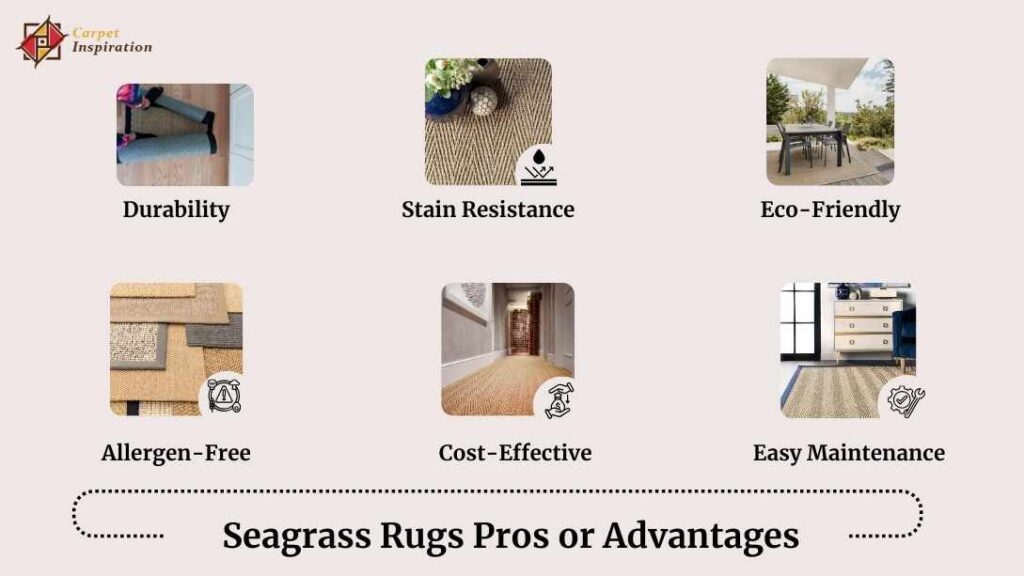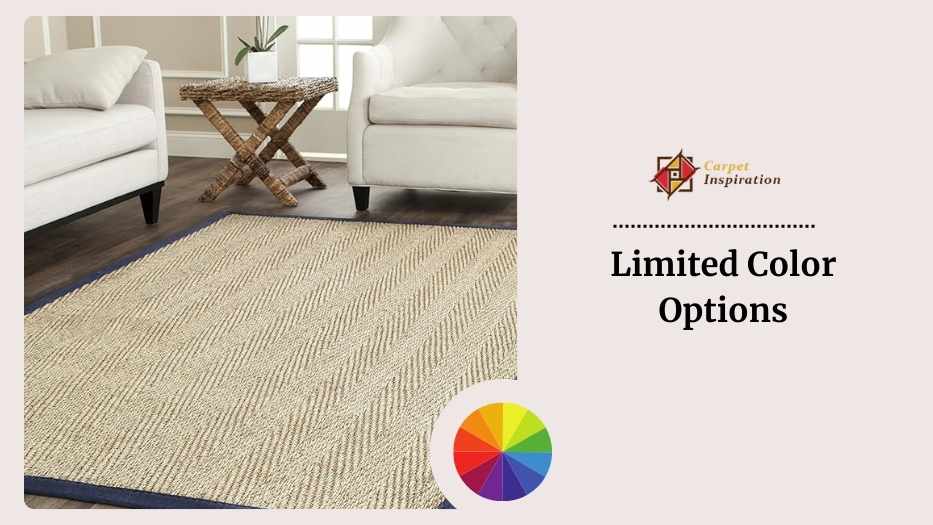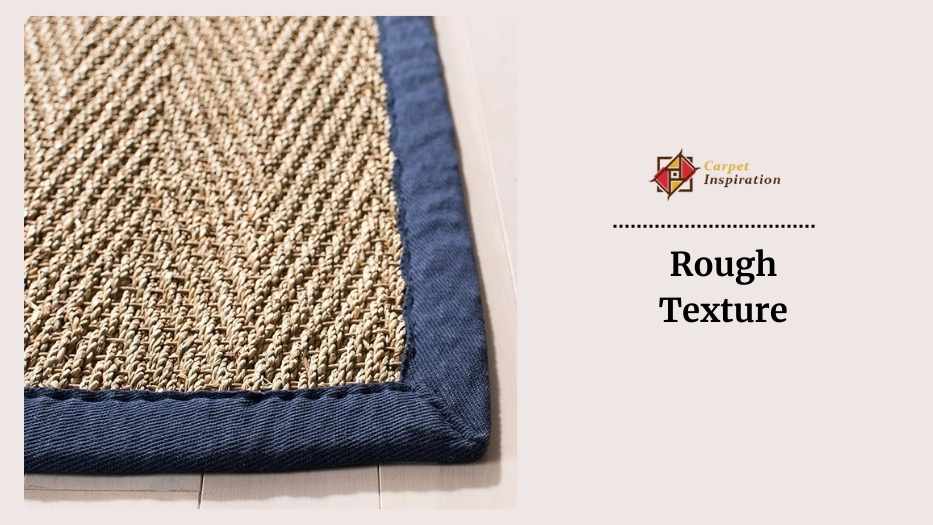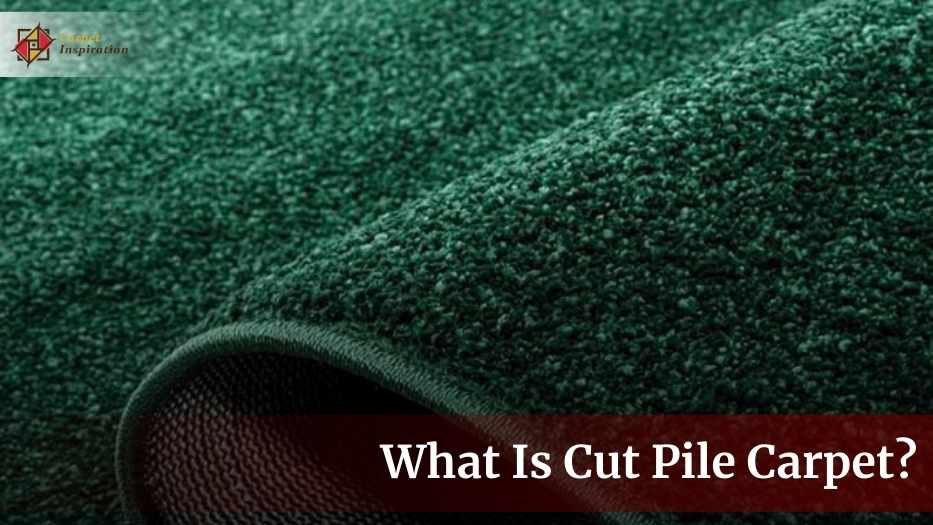You probably already know that seagrass rugs are gaining popularity for their natural texture and aesthetic appeal quite a bit. After all, they are known for durable flooring options. However, they have their own drawbacks.
The recent reports I read says “The global market for these natural material rugs, including seagrass is expected to grow at a CAGR of 4.6% by 2030“

It’s safe to say that seagrass rugs are a blend of durability and eco-friendliness at the same time. It really is making them a popular choice among natural fiber carpet options lovers. Wouldn’t you agree? Well… you’ll find out soon just keep reading.
Here’s the roadmap to your read
- Learning about the pros helps you make a good decision about buying.
- Learning about the cons will keep you from unwanted results.
- Lastly, my special findings are to find a good seagrass rug.
Table of Contents
Seagrass Rugs Pros And Cons
Unlike sisal rugs, rugs made out of seagrass plants are quite sturdier. And of course, plant fibers are safer than chemically made synthetic materials. However, the drawbacks coming from cons of seagrass carpets can’t be avoided.
So, I’ve decided that I’m gonna represent the whole story to you so that you can decide for yourself.

| SL | Pros | Cons |
| 1. | Durability | Moisture Sensitivity |
| 2. | Stain Resistance | Initial Shedding |
| 3. | Eco-Friendly | Limited Color Options |
| 4. | Allergen-Free | Rough Texture |
| 5. | Cost-Effective | Not Suitable for Moist Areas |
| 6. | Easy Maintenance | Cold Surface |
That’s the tip of the iceberg only. Going forward I’m gonna explain and prove all this about seagrass natural rug to you with better details.
Seagrass Rugs Pros or Advantages
Now that you’ve come so far I wouldn’t waste your time. So, let’s read through the breakdown of the pros and cons I found in my research.

Pros 1: Durability
Just as I’ve already told you… Seagrass rugs are well known for their durable fibers. This makes these rugs ideal for high-traffic areas. Having high tensile strength is what allows it to withstand heavy foot traffic and pet activities.

This durability makes seagrass rugs a practical choice for busy homes and commercial spaces.
The blog I found on THANH CONG HANDICRAFT EXPORT says your seagrass is bound to have a lifespan of at least 5 years to even 15 years ⏱️

Pros 2: Stain Resistance
One of the standout features of seagrass rugs is their natural stain resistance. With a rating of 8 out of 10, seagrass rugs can resist most stains, thanks to their natural waxy coating. This property makes them perfect for living spaces prone to spills and accidents.

Additionally, they are less likely to trap allergens, making them a healthier option for those with allergic reactions.
Pros 3: Eco-Friendly
Seagrass rugs are made from 100% natural seagrass fibers, harvested from saltwater marshes. These plants grow rapidly, with some species reaching up to 200 cm per year, ensuring a renewable and sustainable resource.

The environmental impact of seagrass rugs is minimal, as they can absorb up to 10% of the ocean’s carbon, making them an excellent eco-friendly flooring option.

Pros 4: Allergen-Free
Seagrass rugs are naturally hypoallergenic due to their non-porous fibers, which resist trapping dust, dander, and other allergens.

This feature contributes to better indoor air quality, making seagrass rugs an excellent choice for allergy sufferers and those with respiratory sensitivities.
Pros 5: Cost-Effective
Compared to many other natural fiber rugs, seagrass rugs are generally more affordable. Their competitive pricing makes them accessible for budget-conscious consumers looking to enhance their living spaces with durable, eco-friendly flooring.

Pros 6: Easy Maintenance
Seagrass rugs require minimal upkeep, typically needing only regular vacuuming to remove debris and occasional blotting with a damp cloth for spills.

Their natural stain resistance and durability reduce the need for frequent deep cleaning, saving time and effort for homeowners.
Seagrass Rugs Cons or Disadvantages

Cons 1: Moisture Sensitivity
Seagrass rugs are not recommended for areas with high humidity levels. They can be 100% susceptible to mold and mildew if exposed to excessive moisture.

It’s crucial to keep them in dry environments and avoid placing them in bathrooms or basements where humidity levels lower.
Oh about that “The Weekend says it’s best to keep your room’s temperature consistently 65% for at least 48 hours⏱️ while installing”. Better take note of for the long term.

Cons 2: Initial Shedding
When new, seagrass rugs can shed 5-10% of their total fiber content. Claimed from personal experience that is 😑 This initial shedding is normal and can be managed with regular vacuuming.

Over time, the shedding will decrease, and the rug will maintain its integrity.
Did you know that “These seagrasses are known to be quite tall. Supposedly reaching the height of somewhat 1-2 m.”

Cons 3: Limited Color Options
Seagrass rugs typically come in neutral tones, such as brown and green. While these natural colors can complement various design styles, they offer limited color choices compared to synthetic fiber rugs.

If you’re looking for vibrant color options, seagrass might not be the best choice.
The blog I read on Sisal Carpet says “Seagrass leaves are non-porous really, so in actual seagrass material cannot be dyed a different color.”

Cons 4: Rough Texture
Seagrass rugs have a coarse texture that may not be comfortable for everyone, especially barefoot. This roughness can feel abrasive and may not provide the softness and warmth desired in certain living areas.

Cons 5: Not Suitable for Moist Areas
Due to their sensitivity to moisture, seagrass rugs are unsuitable for environments prone to high humidity or frequent exposure to water.

Using seagrass rugs in bathrooms, kitchens, or basements can lead to mold and mildew issues, compromising both the rug’s integrity and indoor air quality.
Cons 6: Cold Surface
Unlike carpeting materials that offer insulation, seagrass rugs tend to feel cold underfoot, especially in colder climates or on hard flooring surfaces. This lack of thermal insulation may necessitate the use of additional rugs or floor coverings in winter months to maintain comfort.
These completed sections should provide a comprehensive overview of the pros and cons of seagrass rugs, addressing key considerations for potential buyers and users.
So, then… Firstly congratulations 🎉 you’ve finally finished reading and are now well aware of the topic. Tell me, was I able to help? I’d very much like to hear it from you 🤓🤗
How to Identify a Good Quality Seagrass Rug
To identify a good quality seagrass rug you should check several factors. Such as –
When I went on my local market analysis, what I found I listed them shortly in the table. Then again it’s highly likely for these values to change drastically for you because of the brand value, timing, quality, region etc, etc.
| SL | Feature | Value |
| 1. | Price per Square Foot | $2 – $5 |
| 2. | Pile Height | 1/4″ to 5/8″ |
| 3. | Max Rug Width | 13 feet |
| 4. | Roll Size | 13’2″ x 91’10″ |
| 5. | Weight per Square Foot | 2 – 4 pounds |
| 6. | Thickness | 0.25 – 0.75 inches |
Frequently Asked Questions (FAQs)
Are seagrass rugs durable?
Yes, seagrass rugs are durable more than any other fiber-made types of rugs. It can withstand heavy foot traffic and pet activities easily and safely. This is why experts say it’s an excellent choice for high-traffic areas and busy homes.
How do seagrass rugs compare to other natural fiber rugs?
To compare seagrass rugs to other natural fiber rugs, look for their durability and texture. Natural fiber rugs like sisal runners or jute rugs vary widely in these 2 matters. However, on your wood flooring, all 3 of them will be the perfect complement to the aesthetic appeal.
Do seagrass rugs stain easily?
No, seagrass rugs do not stain easily. That’s because these are naturally stain resistant. Its natural characteristics including natural waxy coating are the ultimate weapon for your accident and spill-prone homes.
Are seagrass rugs environmentally friendly?
Yes, seagrass rugs are environmentally friendly. Why wouldn’t it be? It’s made from 100% natural seagrass fibers, a renewable and natural material. Out of wool carpet, jute fibers, or sisal plants, seagrass is the most sturdier yet friendlier.
How do seagrass rugs handle moisture?
Seagrass rugs don’t handle moisture very well. As such they are not advised for areas with high humidity levels either. After all, you can find them to be susceptible to mold and mildew when exposed to moisture. I say it’s best to keep it in dry areas.
Final Thought
I’ve studied the differences between jute sisal and seagrass rugs too. Which is why I can assure you that despite the cons seagrass is worth your investment when cared for properly. With the blend of durability, stain resistance, and eco-friendliness being the popular natural flooring solutions isn’t hard.
I find its natural colors such as the light brown color to be quite beautiful really. Well, I told you my tale and all you needed to know is in front of you. Now the decision is yours to make.
Happy natural texture carpeting to ya… 🥰




Leave a Reply